Description
Antimicrobial hospital curtains are specially designed fabrics used in healthcare settings to help control the spread of viruses, harmful bacteria, and fungi.
They are a crucial element of infection prevention and control (IPC) strategies, aimed at protecting both patients and healthcare workers from healthcare-associated infections (HAIs).
Features of antimicrobial hospital curtains
Antimicrobial hospital curtains play a crucial role in inhibiting microbial growth and contributing to a cleaner, safer healthcare environment.
Inhibit microbial growth
These anti-microbial curtains are treated with special coatings or infused with antibacterial/antimicrobial agents that actively kill or prevent the growth of microbes on their surface.
This can include a range of pathogens like MRSA, some viruses, and even C. Diff.
By understanding the mechanisms of action, choosing the right curtains, and implementing proper cleaning and maintenance practices, you can harness the power of antimicrobial hospital curtains to significantly inhibit microbial growth.
And create a safer healthcare environment for everyone.
Curtain fabric impregnation with antimicrobial agents
The fabric is infused with substances like silver ions or quaternary ammonium compounds.
These disrupt the cell membranes of microbes, essentially puncturing them and causing them to die.
Think of it like tiny swords poking holes in bacterial armor.
Coating hospital curtain fabric with antimicrobial polymers
A thin layer of a polymer with antimicrobial properties is applied to the fabric surface.
This creates a physical barrier, preventing microbes from attaching and colonizing the curtain. Imagine it like a slippery shield repelling germs.
Microencapsulation
Microencapsulation is a fascinating technique that enables the slow release of antimicrobial agents, can be applied to different materials without affecting the existing polymer, and has a valid shelf life.
Tiny capsules containing antimicrobial agents are embedded within the fabric. These capsules gradually release the agents over time, providing a sustained and long-lasting effect.
Picture it like little time-release germ-fighting bombs.
Proper cleaning and maintenance
Regular cleaning with appropriate disinfectants is essential to remove dirt, debris, and organic matter that can harbor microbes and reduce the effectiveness of the antimicrobial treatment.
Remember, even a sword gets dull if it’s not cleaned!
Frequency of replacement
Antimicrobial curtains, like any tool, have a limited lifespan. The effectiveness of the treatment gradually diminishes over time.
Following the manufacturer’s guidelines or recommendations from infection control experts on replacement schedules is crucial to maintain optimal microbial inhibition.
Additional Tips
Combine with other infection control measures
Antimicrobial curtains are just one piece of the puzzle. Hand hygiene, environmental cleaning, and proper use of personal protective equipment (PPE) remain essential for comprehensive infection prevention.
Educate staff and patients
Raising awareness about the importance of good hygiene practices and the role of antimicrobial curtains can further enhance their effectiveness.
Durability and ease of cleaning
Antimicrobial curtains are made from strong, washable materials that can withstand frequent cleaning and disinfection with harsh chemicals without compromising their effectiveness.
Flame retardancy
For safety, most hospital curtains are also flame-retardant to comply with fire safety regulations.
Privacy and aesthetics
They come in various colors, patterns, and textures to offer privacy for patients while contributing to a more pleasant and comfortable healthcare environment.
Antimicrobial hospital cubicle curtains
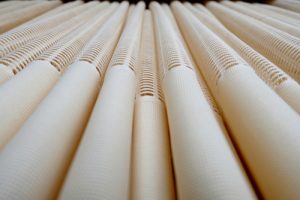
Partitioning patient areas with antimicrobial hospital curtains is becoming increasingly common in healthcare settings due to their multiple benefits in infection prevention and control.
These versatile curtains offer numerous advantages over traditional medical room dividers, and their use can significantly contribute to a cleaner and safer environment for both patients and healthcare workers.
Benefits of Partitioning with Antimicrobial Curtains
Reduced Risk of Cross-Contamination
The antimicrobial properties of these curtains actively inhibit the growth of harmful bacteria, fungi, and viruses on their surface.
This significantly reduces the risk of pathogens being transmitted from one patient area to another, minimizing the spread of healthcare-associated infections (HAIs).
Enhanced Patient Privacy and Comfort
Curtains provide essential privacy for patients undergoing examinations, undergoing procedures, or simply recovering in shared rooms.
Antimicrobial curtains offer the same level of privacy as traditional curtains while adding the benefit of reducing microbial burden, contributing to a more comfortable and hygienic environment.
Flexible and Adaptable Partitioning
Hospital curtains are highly versatile and can be easily installed, moved, and repositioned to create temporary walls or dividers around beds, examination areas, treatment zones, or even entire rooms.
This flexibility allows for efficient space utilization and customization based on specific needs.
Improved Hygiene and Cleanliness
The continuous reduction of microbes on the curtains themselves contributes to a cleaner and more hygienic overall environment.
This minimizes the risk of pathogens lingering on surfaces and potentially infecting patients or healthcare workers.
Effective Partitioning Strategies
Curtain Tracks and Hangers
Utilizing ceiling-mounted curtain tracks and sturdy hangers allows for effortless movement and positioning of the curtains to create various configurations. This flexibility enables easy access for healthcare workers while maintaining patient privacy.
Full or Partial Dividers
Depending on the desired level of privacy and separation, curtains can be used to create full partitions around individual beds or examination areas, or they can be used as partial dividers for zoning larger spaces.
Color and Pattern Options
While white is a common choice, antimicrobial curtains come in various colors and patterns.
This allows for incorporating them into the overall design of the healthcare facility while maintaining a clean and professional aesthetic.
Isolating infected patients
In cases of patients with highly contagious infections, these curtains can be used to create isolation rooms, minimizing the risk of transmission to others.
Protecting sterile areas
They are used to cordon off sterile areas like operating rooms and laboratories to prevent contamination from non-sterile environments.
Maintaining overall hygiene
The continuous reduction of microbial growth on the curtains themselves contributes to a cleaner and more hygienic hospital environment.
Isolation with antimicrobial curtains
Isolating infected patients with antimicrobial hospital curtains is a crucial step in preventing the spread of harmful pathogens and protecting both patients and healthcare workers.
Here are some effective strategies:
Choosing the right type of curtain
Target the right pathogens
Different antimicrobial agents are effective against different types of microbes. Consult with infection control specialists to choose curtains that target the specific pathogens of concern in your setting.
Consider the level of isolation
For airborne pathogens, choose curtains that extend from the ceiling to the floor and seal tightly around the bed. For contact precautions, curtains that reach mid-thigh or knee height may suffice.
Proper installation and positioning
Create a barrier
Ensure the curtains completely enclose the patient area, minimizing gaps or openings where pathogens can escape.
Secure the curtains
Use sturdy tracks and hangers to keep the curtains in place and prevent them from flapping or billowing, which could disperse microbes.
Consider airflow
Maintain proper ventilation while ensuring air circulation doesn’t compromise the isolation barrier.
Cleaning and maintenance
Regular disinfection
Clean and disinfect the curtains regularly with appropriate hospital-grade disinfectants as per the manufacturer’s instructions.
Focus on high-touch areas
Pay particular attention to areas like curtain handles, tracks, and lower edges where contact is more frequent.
Monitor for damage
Regularly inspect the curtains for tears, rips, or gaps that could compromise their effectiveness.
Antimicrobial Hospital Curtains alone are not enough
Effective isolation requires a multi-pronged approach, including proper hand hygiene, PPE use, environmental cleaning, and waste disposal practices.
Regularly evaluate the effectiveness of the isolation measures and adjust them as needed to ensure optimal protection.
By implementing these strategies and remaining vigilant, you can effectively utilize antimicrobial hospital curtains to isolate infected patients and create a safer healthcare environment for everyone.
A unique fabric treatment protects against the transmission of viruses and bacteria.
Yesterday, today, and the future of Anti-microbial Curtains
A Look Back
Early Beginnings (1970s-1980s)
The concept of antimicrobial fabrics for healthcare use emerged in the 1970s, driven by increasing awareness of healthcare-associated infections (HAIs). Early efforts focused on silver nitrate impregnation, a less efficient method compared to today’s options.
Growth and Refinement (1990s-2000s)
The 1990s saw advancements in antimicrobial treatments like quaternary ammonium compounds and polymer coatings, offering broader spectrum protection and improved durability.
Research on the effectiveness of curtains in reducing HAIs gained momentum.
Standardization and Adoption (2010s-Present)
The 2010s witnessed the development of standards and guidelines for testing and certifying the efficacy of antimicrobial fabrics. Their use became more widespread in hospitals as awareness of HAIs and the value of infection prevention grew.
Current Trends and Innovations
Nanotechnology
The incorporation of nanoparticles like silver or copper into fabrics allows for sustained and targeted antimicrobial action against various pathogens.
Combination treatments
Combining different antimicrobial agents or physical barriers like microfibers creates synergistic effects, enhancing overall effectiveness.
Smart curtains
Integration of sensors and monitoring systems to track microbial activity and alert healthcare staff for timely interventions is being explored.
Sustainable options
The development of eco-friendly and biodegradable antimicrobial treatments to minimize environmental impact is gaining traction.
A Glimpse into the Future
Personalized curtains
Tailoring antimicrobial treatments to specific pathogens based on a patient’s diagnosis or local hospital epidemiology trends.
Self-cleaning fabrics
Fabrics with intrinsic antimicrobial properties that don’t require additional cleaning or disinfectants.
Curtain-integrated air filtration systems
Creating enclosed patient areas with air filtration systems directly embedded into the curtains for enhanced infection control.
Artificial intelligence (AI)
No, utilizing AI to analyze data on curtain usage, pathogen presence, and cleaning schedules to optimize infection prevention strategies is not science fiction. It’s an exciting emerging area with real-world potential.
While not yet widely implemented, several research initiatives and pilot projects are exploring the possibilities:
Data collection and analysis
Some hospitals are already using sensors and monitoring systems to track curtain usage, environmental conditions, and even air quality within patient rooms. AI algorithms can then analyze this data to identify patterns and correlations between curtain use, specific pathogens, and infection rates.
Predictive modeling
By learning from historical data and real-time monitoring, AI models can predict areas or situations where the risk of infection is higher. This could inform targeted interventions like prioritizing cleaning or deploying additional infection control measures in specific locations.
Automated alerts and recommendations
AI systems can alert healthcare staff when cleaning schedules have been missed or when unusual activity suggests a potential risk of infection, prompting immediate action.
Benefits and Challenges
Improved targeting
AI can personalize infection prevention strategies by focusing on areas and situations with the highest risk, leading to more efficient resource allocation.
Real-time insights
Continuous monitoring and analysis provide valuable data for making informed decisions and adapting infection control measures in real time.
Reduced human error
Automated systems can minimize the risk of human error in data collection, analysis, and implementation of infection control protocols.
However, challenges remain.
Data privacy and security
Ensuring patient data privacy and the security of healthcare information systems is crucial.
Integration with existing workflows
Seamless integration of AI-driven recommendations into existing hospital workflows and healthcare staff routines is essential for successful implementation.
Cost and technical expertise
Implementing and maintaining AI systems requires investment in technology and training, which may not be feasible for all healthcare facilities.
The Future of AI in Infection Prevention
Despite the challenges, the potential of AI for optimizing infection prevention strategies is undeniable. As technology advances and costs decrease, we can expect to see wider adoption of AI-powered solutions in healthcare settings. The future holds promise for:
More sophisticated AI models
Incorporating additional data like patient medical records and genomic information into AI models could further personalize and tailor infection prevention strategies.
Smart curtains with built-in sensors
Curtains equipped with integrated sensors for pathogen detection and environmental monitoring could provide even more granular data for AI analysis.
Automated cleaning robots
AI-powered robots could potentially automate curtain cleaning and disinfection tasks, further reducing the risk of human error and improving consistency.
While not yet mainstream, utilizing AI for the purposes you described is moving from science fiction to real-world possibility. Its potential to revolutionize infection prevention strategies and create a safer environment for patients and healthcare workers is promising, and exciting advancements are on the horizon.
Challenges and Opportunities with Antimicrobial Curtains
Antimicrobial hospital curtains have emerged as a powerful tool in the fight against healthcare-associated infections (HAIs), offering a layer of protection for both patients and healthcare workers.
However, just like any technology, they come with their own set of challenges and opportunities:
Challenges
Balancing cost and effectiveness
High-quality antimicrobial curtains can be expensive, leading some healthcare facilities to prioritize cost over infection control, potentially compromising on efficacy.
Limited efficacy against certain pathogens
While effective against a broad spectrum of microbes, some curtains may not be effective against particularly resilient spores or airborne viruses.
Durability and maintenance
Antimicrobial properties can degrade over time with frequent cleaning and disinfection, requiring regular replacement or maintenance, adding to the cost.
Overreliance and improper use
Seeing curtains as a foolproof solution against HAIs can lead to complacency and neglect of other crucial infection control measures like hand hygiene and environmental cleaning.
Environmental impact
Some traditional antimicrobial treatments may contain harsh chemicals raising concerns about potential environmental harm during production and disposal.
Opportunities
Development of more potent and durable treatments
Research is ongoing to create new antimicrobial agents and fabrics with longer-lasting effectiveness and broader protection against different pathogens.
Cost-effective solutions
Exploring alternative materials and manufacturing processes could lead to more affordable antimicrobial curtains without compromising on quality.
Smart curtains and integrated monitoring systems
Integrating sensors and AI into curtains could enable real-time tracking of microbial activity and alert healthcare staff for targeted interventions, optimizing infection control efforts.
Sustainable and eco-friendly options
Developing biodegradable or non-toxic antimicrobial treatments can minimize environmental impact while still ensuring patient safety.
Raising awareness and promoting proper use
Educational campaigns and training programs can educate healthcare workers and patients about the benefits and limitations of antimicrobial curtains, ensuring proper use and adherence to other infection control practices.
By addressing the challenges and embracing the opportunities, we can unlock the full potential of antimicrobial hospital curtains and make them a truly valuable asset in creating a safer and healthier healthcare environment for everyone.
Standardization of antimicrobial hospital curtains
Yes, there are several efforts towards standardizing antimicrobial hospital curtains, and it’s an ongoing process due to the constantly evolving technology and diverse needs of healthcare settings.
National and Regional Standards
United States
Association for Professionals in Infection Control and Epidemiology (APIC) guidelines recommend using curtains with documented antimicrobial activity against relevant pathogens.
Additionally, ASTM International has developed standards like E1742-17, which establishes test methods for assessing the antimicrobial efficacy of medical textiles.
Europe
CEN (European Committee for Standardization) has published EN 14185:2018, a standard for determining the bactericidal activity of textile products.
Other countries
Many other countries have established their national standards or adopted existing international standards with some modifications.
Industry Guidelines and Certifications
Several trade associations and manufacturers have developed their own guidelines and certification programs for antimicrobial curtains. These often focus on specific performance criteria or testing methodologies.
For instance, the Healthcare Laundry Accreditation Conference (HLAC) offers a certification program for antimicrobial linens, including curtains.
Challenges and Future of Standardization
Differing testing methods
Variations in testing protocols and evaluation criteria across different standards can make comparisons between products challenging.
Specificity of target pathogens
Standards must address the diverse range of pathogens relevant to different healthcare settings and patient populations.
Durability and long-term efficacy
Establishing standards for assessing the persistence and effectiveness of antimicrobial properties over time is crucial.
Environmental considerations
Incorporating green and sustainable practices into the design and production of antimicrobial curtains is increasingly important.
Looking ahead
Harmonization of existing standards and collaboration between national, regional, and industry stakeholders are essential for creating a more comprehensive and robust framework for antimicrobial hospital curtains.
Standardizing test methods, defining target pathogens, and addressing durability and environmental aspects will further enhance the reliability and effectiveness of these valuable tools in protecting patients and healthcare workers from HAIs.
I hope this explanation provides a helpful understanding of the current landscape of antimicrobial curtain standardization and potential future advancements.


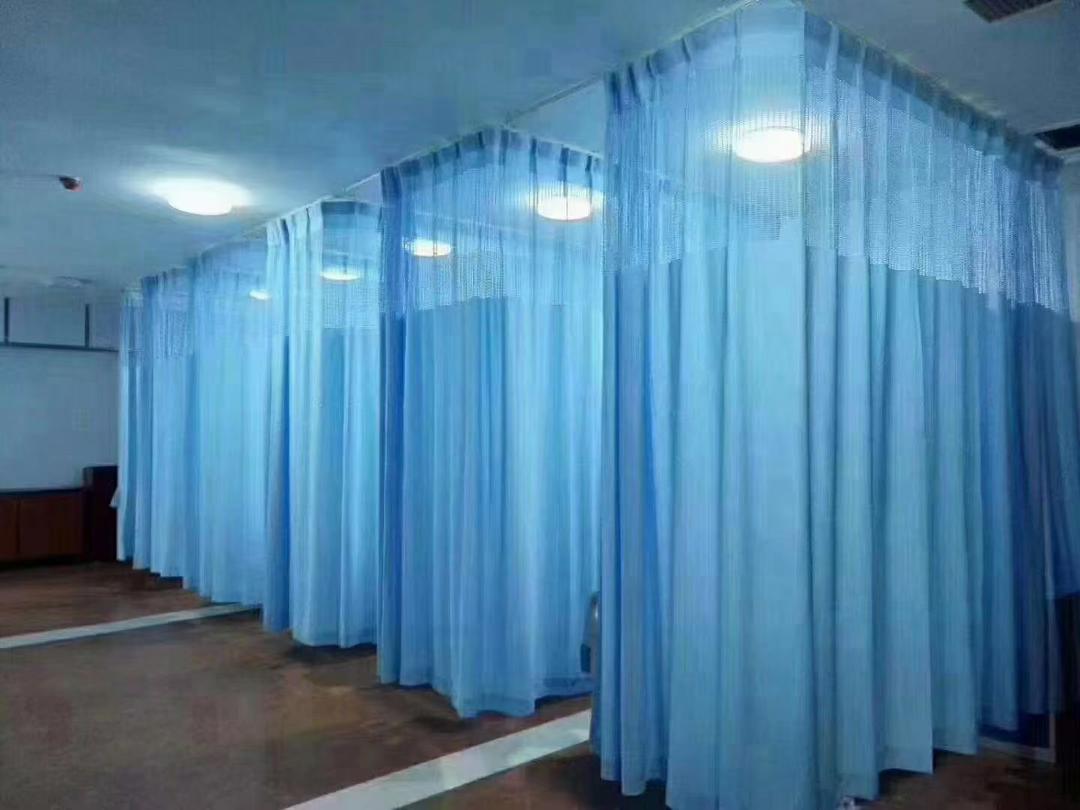
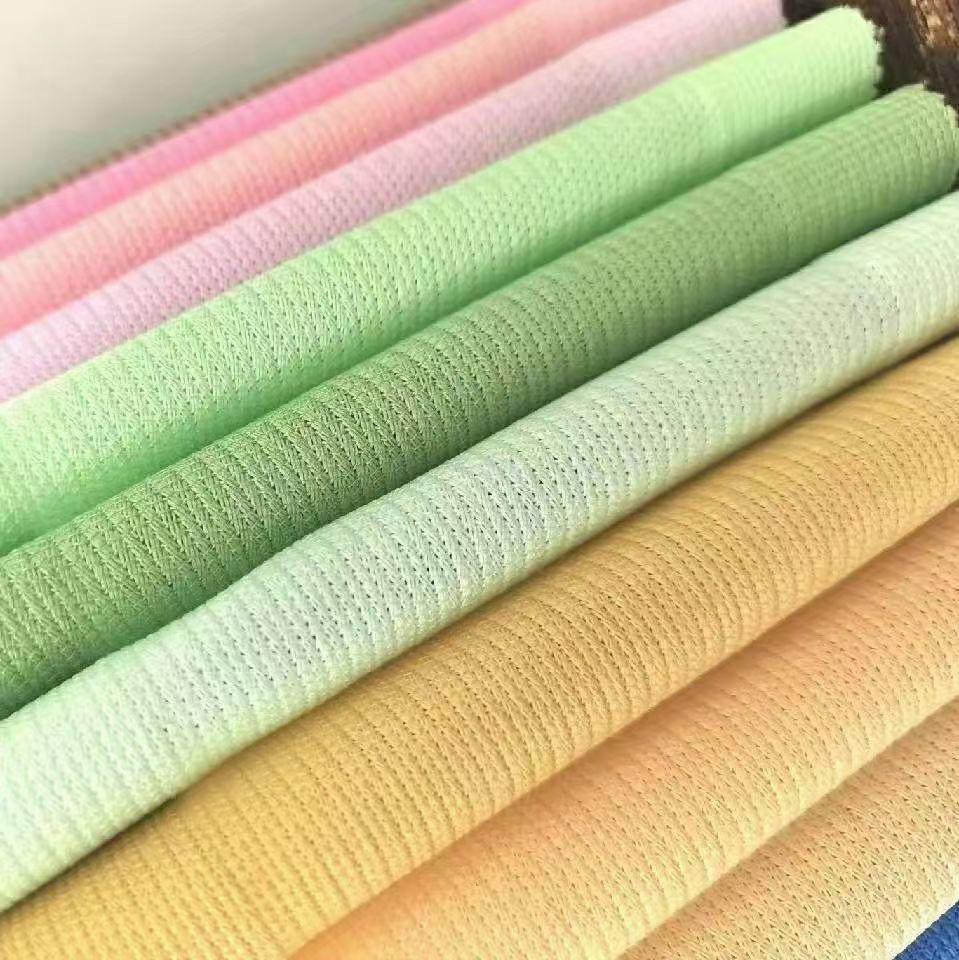

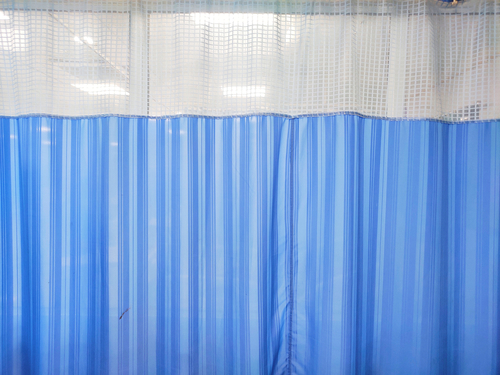

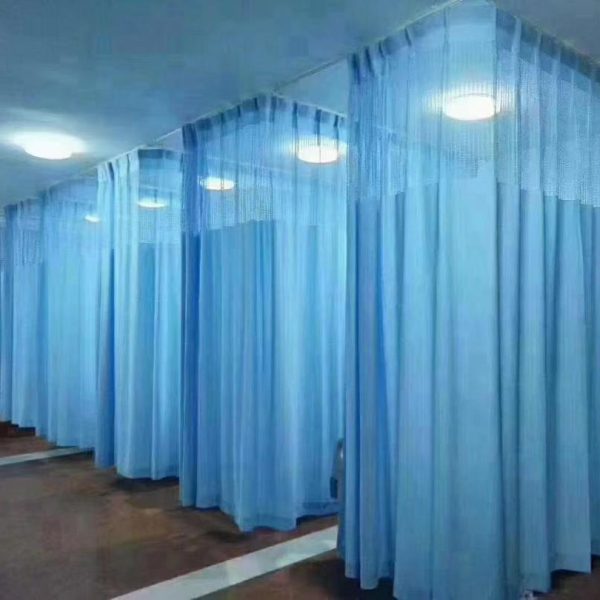
Reviews
There are no reviews yet.